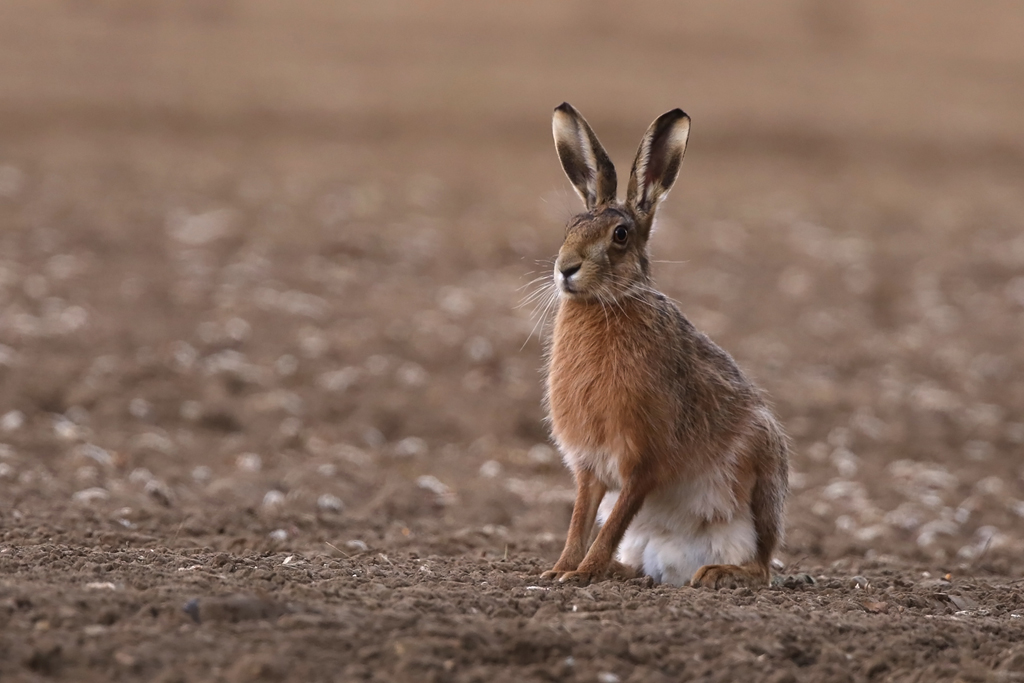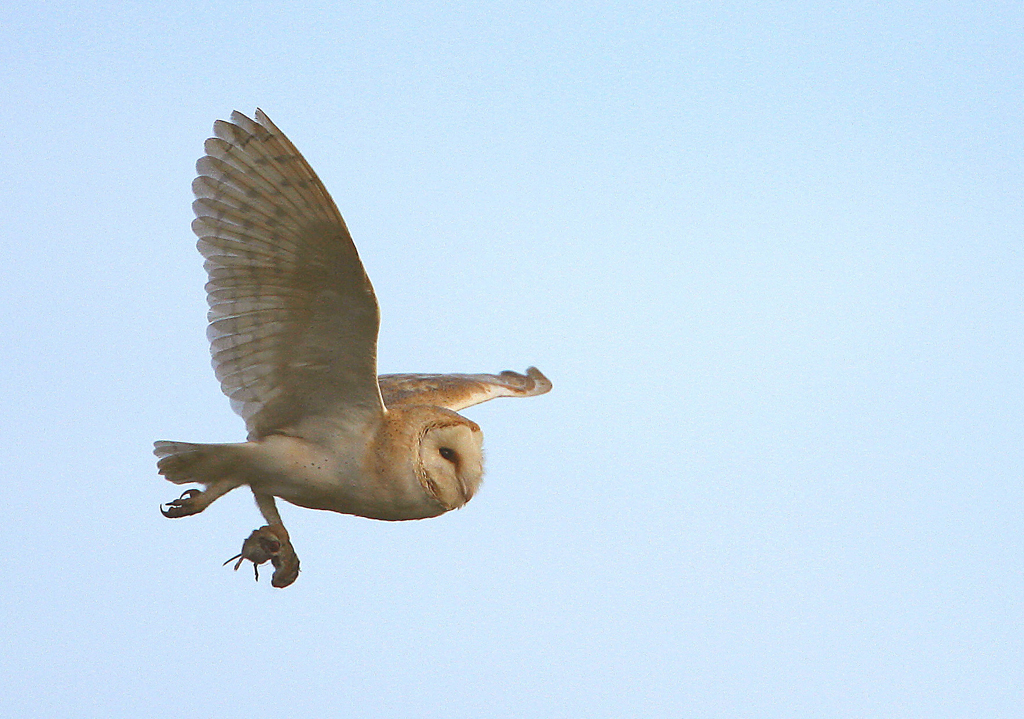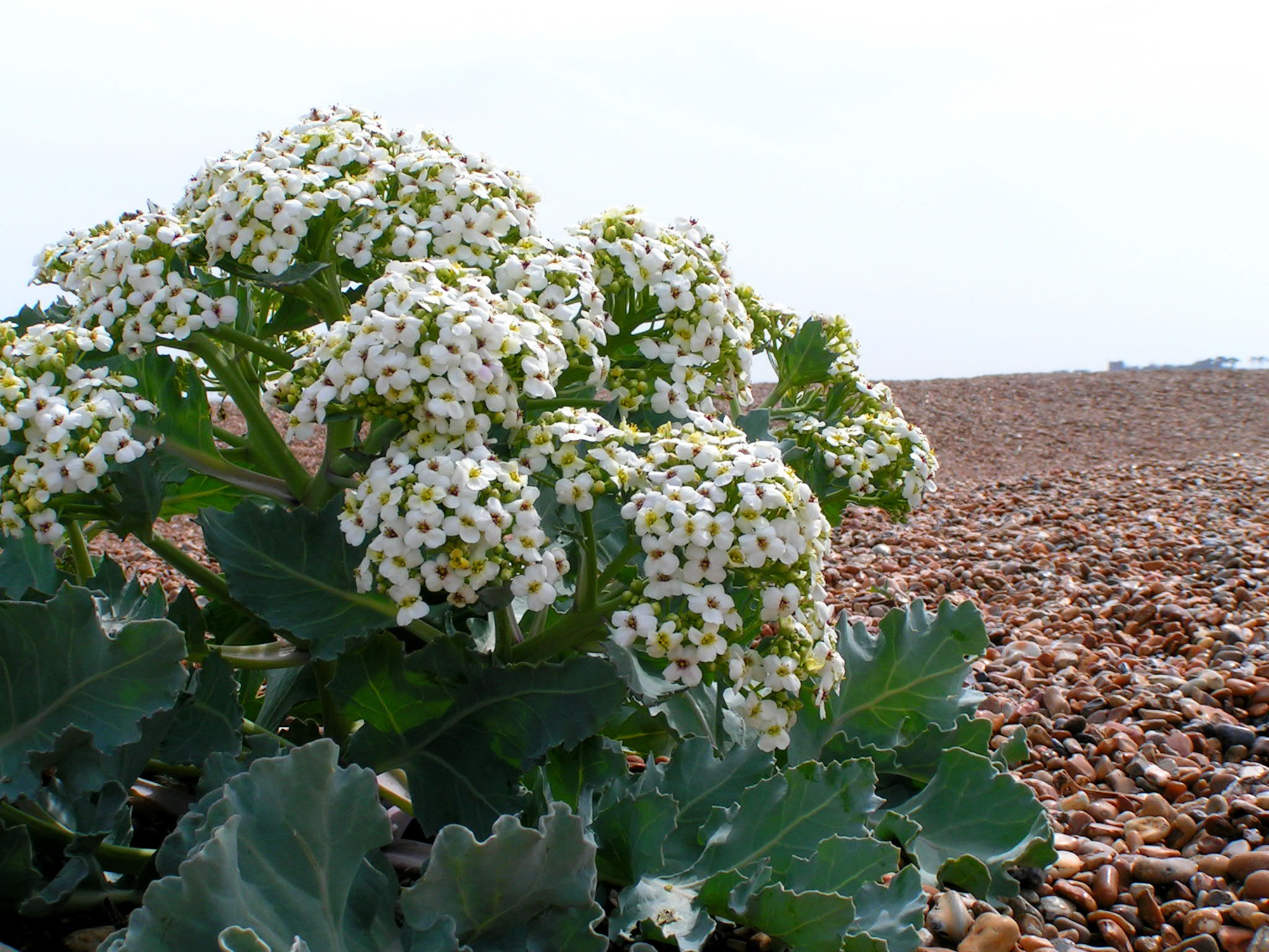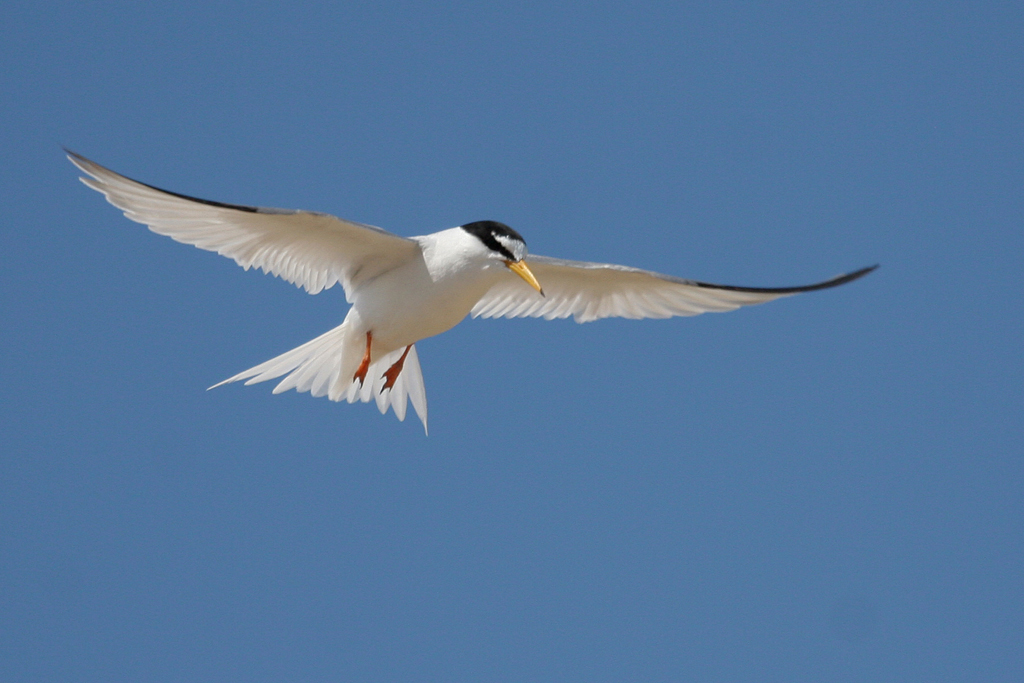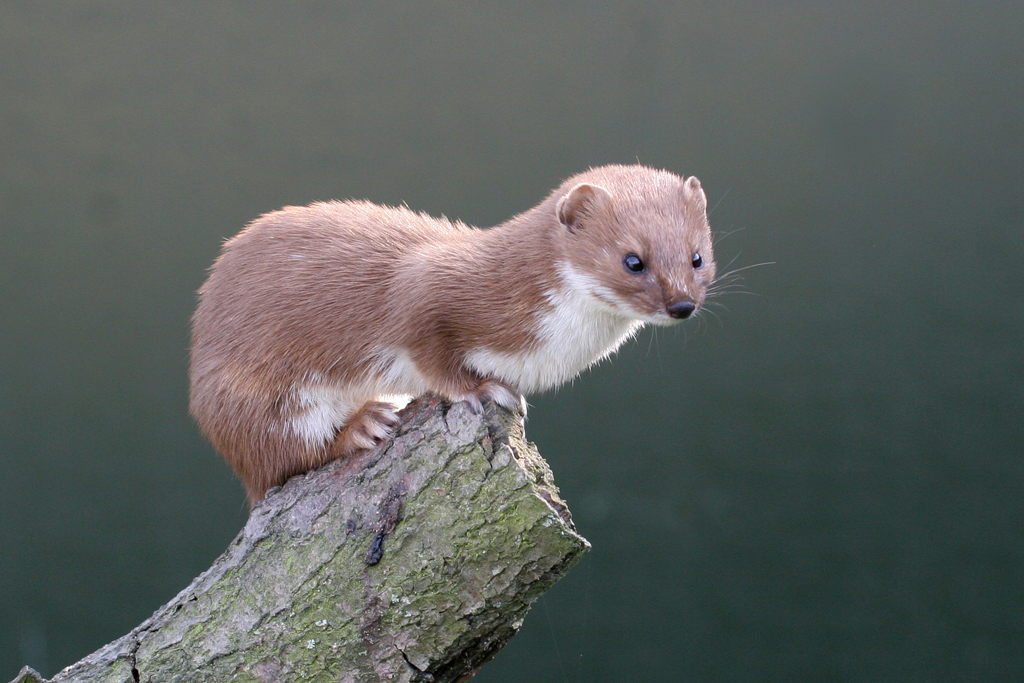I was walking along the sea-wall the other day when I caught sight of a red kite cruising over the fields. Wow, what a gorgeous bird, glinting red and gold in the late afternoon sun. An aerial genius too, constantly adjusting its speed and direction with the subtlest of tail and wing movements. I noticed a young person approaching me from the other direction, so I pointed up and shouted excitedly, ‘Look, red kite!’ No response. Then I saw why. He was bent over his mobile phone, his eyes about six inches from the tiny screen, and he was wearing a large pair of headphones that were tuned into some throbbing beat music, audible from yards away. Blind and deaf to the world, effectively. The incident reminded me of some troubling research I had read about. An Oxford Professor had conducted a survey of his first-year biology students to discover what knowledge they had of the natural world and where they had learned it from (books, TV, parents, friends, school, social media or wherever?). To his amazement, 42% of them could not even correctly name five British birds. Can you believe that? At Oxford and studying biology …
What does this say about our changing relationship to nature? The new technology makes it possible to insulate yourself entirely from the living world around you. Yes, you can communicate ever more easily from within your private bubble to like-minded friends who may be miles away. Communicate after a fashion, that is – the exchanges one overhears (‘I’m on a train’) don’t seem to be very rich in content.
You can even write about nature now without ever experiencing it. I tested this out by asking the new AI wonder, ChatGPT, to draft me a ‘Nature Note’ for September. You can see the result in the facing column (or below on mobile screens). It’s quite impressive as a technical exercise – it works by scanning thousands of documents and then regurgitating a secondhand summary based on word frequencies. But that’s also why the prose is so bland and clichéd, with nothing personal or particular to bring it to life. ChatGPT doesn’t understand anything or feel anything. And there’s one give-away mistake in that it mentions the migration of Monarch butterflies – an American species! Anyway, I don’t feel redundant just yet.
I walked on along the seawall. A curlew called as it flew over, red admirals fluttered among the late-flowering brambles. Then to my delight I found traces on the bank of an otter – in the form of a fresh spraint, which had a sweet fishy smell to it. There isn’t an app for that experience.
Jeremy Mynott
8 September 2023
ChatGPT ‘Nature Note’
September’s Splendour: Embracing Nature’s Transition
As the summer sun gradually softens its rays, September arrives, signalling the beginning of a captivating transformation in the natural world. With its gentle breezes, vibrant colors, and a sense of tranquility, this month offers an enchanting invitation to immerse ourselves in the beauty of nature. Let us explore the wonders that September has in store for us.
One of the most captivating sights during September is the gradual change in foliage. The lush green canopies give way to a stunning array of reds, oranges, and yellows, painting the landscape with a mesmerizing palette. Walking through the woods or strolling along tree-lined paths becomes an exquisite experience, as the falling leaves create a symphony of rustling sounds beneath our feet.
September is a month of abundance, as it marks the peak of the harvest season. Fields and gardens are brimming with ripe fruits and vegetables, offering a perfect opportunity to indulge in the flavors of nature’s bounty. Farmers’ markets and roadside stands proudly display their harvest, providing a chance to connect with local growers and support sustainable practices.
September also heralds the start of a remarkable journey for many species of birds and butterflies. As they prepare for their long-distance migrations, flocks of birds gather in awe-inspiring formations, painting the sky with their graceful flight. Monarch butterflies, with their delicate wings, embark on an epic journey to warmer climates, creating a spectacle of nature’s resilience and adaptability.
With the arrival of September, forests beckon us to explore their hidden wonders. The air is crisp and invigorating, making it the perfect time for hiking, camping, or simply taking leisurely walks amidst towering trees. The forest floor becomes adorned with mushrooms and wildflowers, adding a touch of whimsy to the landscape. Nature enthusiasts can also witness the rutting season of deer and the playful antics of squirrels as they gather acorns in preparation for winter.
September brings with it the autumnal equinox, marking the transition from summer to fall. This celestial event reminds us of the delicate balance in the universe and the importance of embracing change. It is a time to reflect on our own lives, shedding old habits and embracing new beginnings. Many cultures celebrate this equinox with festivals and rituals, highlighting the significance of this transition.
September is a month of profound beauty and transformation, where nature effortlessly captivates our senses. From the vibrant foliage to the abundance of the harvest season, every aspect of this month invites us to appreciate the wonders of the natural world. As we bid farewell to summer, let us embrace the arrival of September with open hearts and open minds, ready to immerse ourselves in the splendour that nature so graciously offers.




